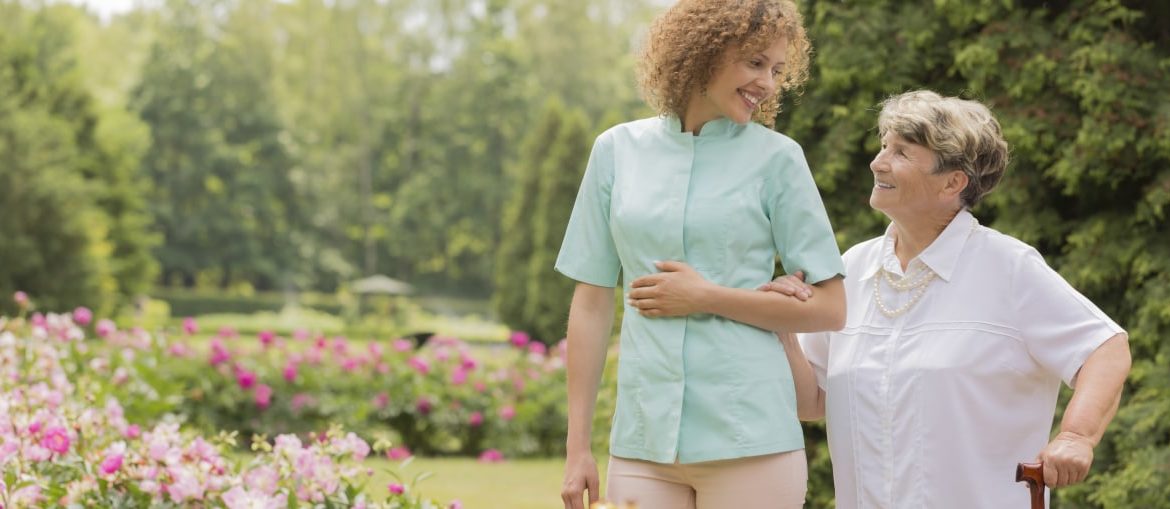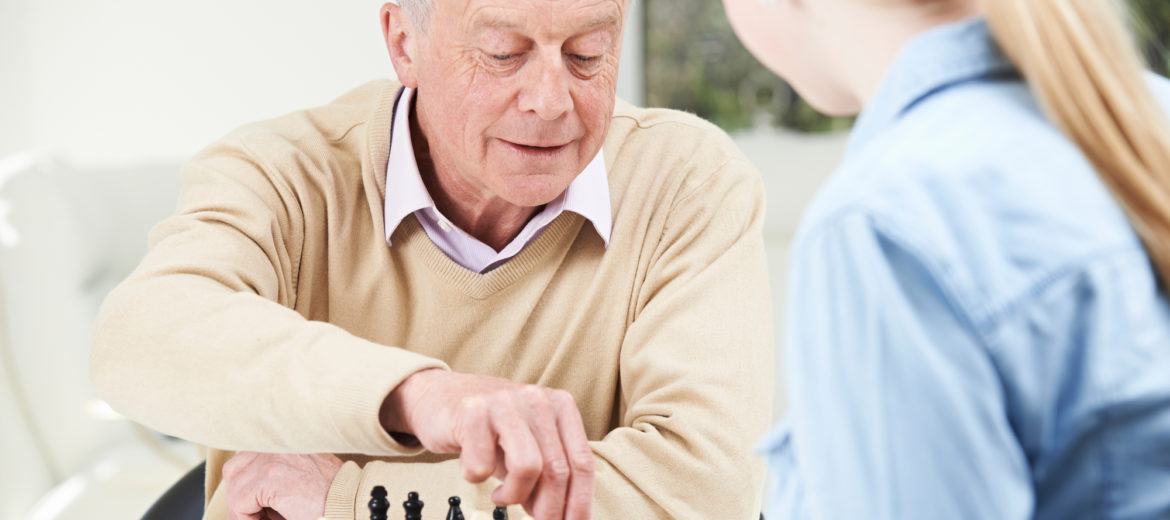Why Yoga Is Great For Seniors
The term “Yoga” is an umbrella term that includes various styles and practices. A general reference to “yoga” would refer to the Hatha variety. Hatha is considered a gentle yoga that emphasizes static poses and is great starting point for those who are unfamiliar. It typically includes 3 components:
1. Pranayama or breathing exercises, are generally the first part of hatha yoga classes. As you move through the poses, the instructor will continue to remind you to focus on your breath and may offer different breathing exercises to try.
2. Poses: Yoga poses, also called postures or asanas, are a series of movements that help improve balance, flexibility, and strength. Poses range in difficulty from laying flat on the floor to physically challenging positions. If at any time during a class, a pose is too challenging, the instructor can provide a modified posture.
3. Meditation: Most classes end with a short period of meditation. During this period of quiet reflection, the instructor may take the class through a guided meditation.
Yoga offers various benefits at a low-risk capacity, and has therefore become increasingly favored among seniors. Caregivers can explore various methods of yoga and help by integrating basic poses into their routines with the adults they care for. Some Yoga positions, such as those included in gentle Yoga, are quite simple, and can be done with just the support of a chair. However, it is always crucial to exercise caution when starting a fitness program and consult directly with a doctor or physical therapist to ensure that their patient is at the appropriate fitness level for the new exercise plan.
With approval from a medical authority and/or therapist, go ahead and see why assorted Yoga practices are a great way for older adults to maintain their physical health and improve overall wellness. Here we highlighted some:
Better Balance
Older adults are at a higher risk of broken or fractured bones caused by them losing their balance and falling. Iyengar Yoga is methodical and precise, with a strong emphasis on maintaining good posture and finding proper form. Using props like bolsters, straps, blocks, and incline boards, participants are able to get into correct alignment and practice improved balance. For seniors with arthritis or other chronic conditions, Yoga helps fortify tiny stabilizer muscles that are typically unnoticed, yet once strengthened, can drastically lower the risk of injury caused by a dangerous fall.
Stronger Core
As a rule, muscle mass generally declines with age, starting when some hit their 40s, and picking up speed after age 50. This gradual change can leave older adults feeling increasingly weaker with time and, if nothing is done, cause them to feel that they are slowly losing control and independence in their lives. Yet, while declining muscle mass is an inevitable part of getting older, there are things adults can do to prevent or reverse muscle loss, as the old saying goes, ‘you have to use it or lose it’. With Yoga, transitioning into different positions challenges muscles to support the weight of the body and strengthens the muscle fibers in the process. Yoga builds strength in the muscles you don’t use in everyday living, while toning the ones that you do.
Super Stretching
Chronic back pain is extremely common, inconvenient, and can be debilitating for many seniors. A regular Yoga practice stretches and moves the body to include spine movement in all directions, such as laterally, forward and twisting from side to side. Therefore, as little as a 10-minute daily Yoga exercise may boost a senior’s flexibility, resulting in increased mobility and comfort. For those with a history of aggravating back ailments, Yoga helps to keep their spines healthy and avoid further damage.
Less Stress
By merging meditation and mindful breathing, Yoga exercises encourage one to focus on the present moment and arrive at a sense of inner peace. Research has demonstrated that Yoga can also lower levels of the stress hormone cortisol and relieve symptoms of anxiety and depression. It can also decrease inflammation throughout the body, which can significantly improve heart health. Yoga can help alleviate several of the conditions that are associated with heart disease, including high blood pressure and obesity.
While noting the relaxation effect that Yoga can have on its participants, it is also worth exploring Restorative Yoga, a meditative form of Yoga that is designed to release tension without stretching. In this style of Yoga, props are used to support the body, and poses are held for several minutes to maximize relaxation. It’s not uncommon for people to fall asleep while in a restorative Yoga class. Similarly, many seniors find that incorporating a nightly Yoga routine into their schedules helps relax their minds after the events of the day and prepare their bodies to fall and stay asleep.
Considering the various health benefits Yoga offers, there are several ways caregivers can help get started:
Yoga classes: Ask around in the community for Yoga classes in the area. Some local options may also offer free or discounted classes for seniors. It is worth noting that joining a group Yoga session also offers older adults the benefits of a productive social outlet. Consistently doing exercise in a group setting can help foster positive relationships and decrease the loneliness that many seniors experience as they age.
Yoga at home: In an area or circumstance where in-person classes are not available or attractive, search online for yoga videos available for individual use. Here are a few yoga videos for seniors to begin with:
Gentle Chair Yoga for Beginners and Seniors: ideal for those with limited mobility or those recovering from an injury.
30-Minute Restorative Yoga and Meditation: a slow-paced class suitable for seniors, focusing on the mental and meditative benefits of yoga
Full Length Gentle Yoga Class for Beginners and Seniors: a slow-paced, 30-minute yoga flow, featuring a number of seated and standing poses. Includes modifications for beginners.
We’ve addressed some helpful points that can encourage seniors and their caregivers to explore incorporating Yoga as a new health practice. With numerous physical and emotional benefits, many have found it to be a great outlet and healthy lifestyle choice, however, be sure to consult with a physician before adopting any new exercise regimen.
Feel free to further explore our website, where you can find additional caregiver resources and a variety of timely topics such as medical assistance, personal care, and senior companionship.
Reach out to us today to learn more about our team of caring and experienced personal caregivers, registered nurses, and home health aides who expertly serve families just like yours. We’re here for you and happy to assist your family





